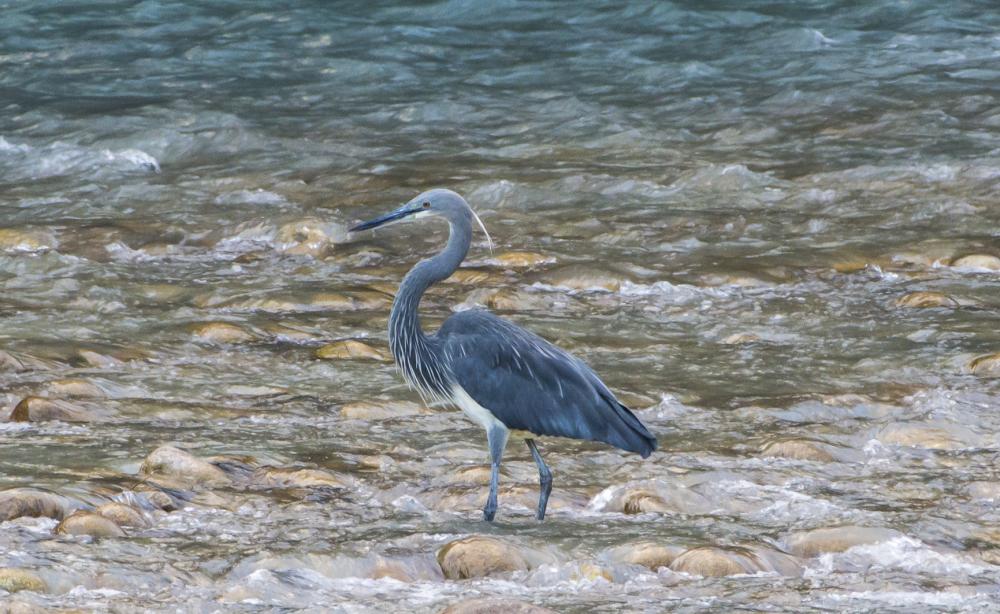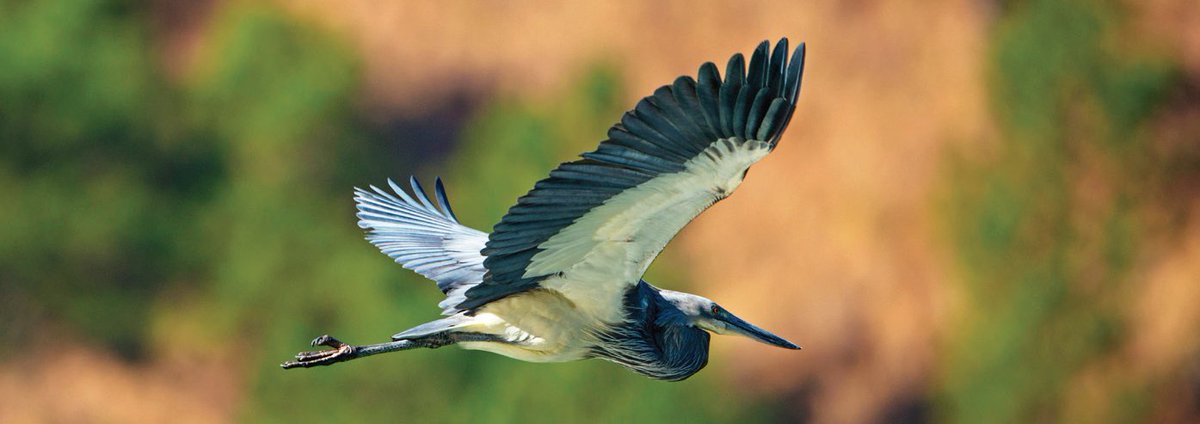It's been a pretty emotional week for animal lovers all around the world.
Last week, we were saddened by the death of Iman, Malaysia's last Sumatran Rhino. Then came news about the adorable koalas being declared 'functionally extinct' by experts in Australia.
On the other end of the scale, there was some good news. Researchers re-discovered a miniature deer species, which was originally feared to be extinct due to hunting activities in the 1990s, in Vietnam.
And just last week, in a small little win for endangered animals, researchers managed to rescue and rehab a bird listed in the endangered species list.
According to a report by China Daily, researches managed to spot and rescue a white-bellied heron, also called the Ardea insignis, in China.
The bird was reportedly found in an exhausted state by a local villager from the Changning county, and was later transferred to the Wildlife Shelter and Rescue Center of Baoshan City.
An ornithologist and professor at Southwest Forestry University Han Lianxian, who identified the bird as a white-bellied heron, said it may be a newborn and suffered from physical exhaustion as it strayed too far from its natural habitat.
After a two day assessment, the bird was reportedly released from a vast river valley in Changning.

It was also fitted with a satellite tracking recorder and ankle ring for monitoring purposes.
“The scarcity of white-bellied herons is closely related to their stringent habitat requirements, making them an indicator species of river ecology,” Han was quoted as saying.
The white-bellied heron is very close to extinction, as it was listed as Critically Endangered in the IUCN Red List since 2007.
There are an estimated of 50 to 249 white-bellowed heron left in the wild, so yeah, to actually spot one is a rare occurence indeed.
Last week, we were saddened by the death of Iman, Malaysia's last Sumatran Rhino. Then came news about the adorable koalas being declared 'functionally extinct' by experts in Australia.
On the other end of the scale, there was some good news. Researchers re-discovered a miniature deer species, which was originally feared to be extinct due to hunting activities in the 1990s, in Vietnam.
And just last week, in a small little win for endangered animals, researchers managed to rescue and rehab a bird listed in the endangered species list.
Young and healthy

According to a report by China Daily, researches managed to spot and rescue a white-bellied heron, also called the Ardea insignis, in China.
The bird was reportedly found in an exhausted state by a local villager from the Changning county, and was later transferred to the Wildlife Shelter and Rescue Center of Baoshan City.
An ornithologist and professor at Southwest Forestry University Han Lianxian, who identified the bird as a white-bellied heron, said it may be a newborn and suffered from physical exhaustion as it strayed too far from its natural habitat.
After a two day assessment, the bird was reportedly released from a vast river valley in Changning.

It was also fitted with a satellite tracking recorder and ankle ring for monitoring purposes.
“The scarcity of white-bellied herons is closely related to their stringent habitat requirements, making them an indicator species of river ecology,” Han was quoted as saying.
Critically endangered
A species of large heron, the white-bellied heron is usually found in the foothills of the eastern Himalayas of India and Myanmar, as well as sub-tropical areas of Bhutan.The white-bellied heron is very close to extinction, as it was listed as Critically Endangered in the IUCN Red List since 2007.
There are an estimated of 50 to 249 white-bellowed heron left in the wild, so yeah, to actually spot one is a rare occurence indeed.







